You all had a fabulous start to the week yesterday, really proud of you all!

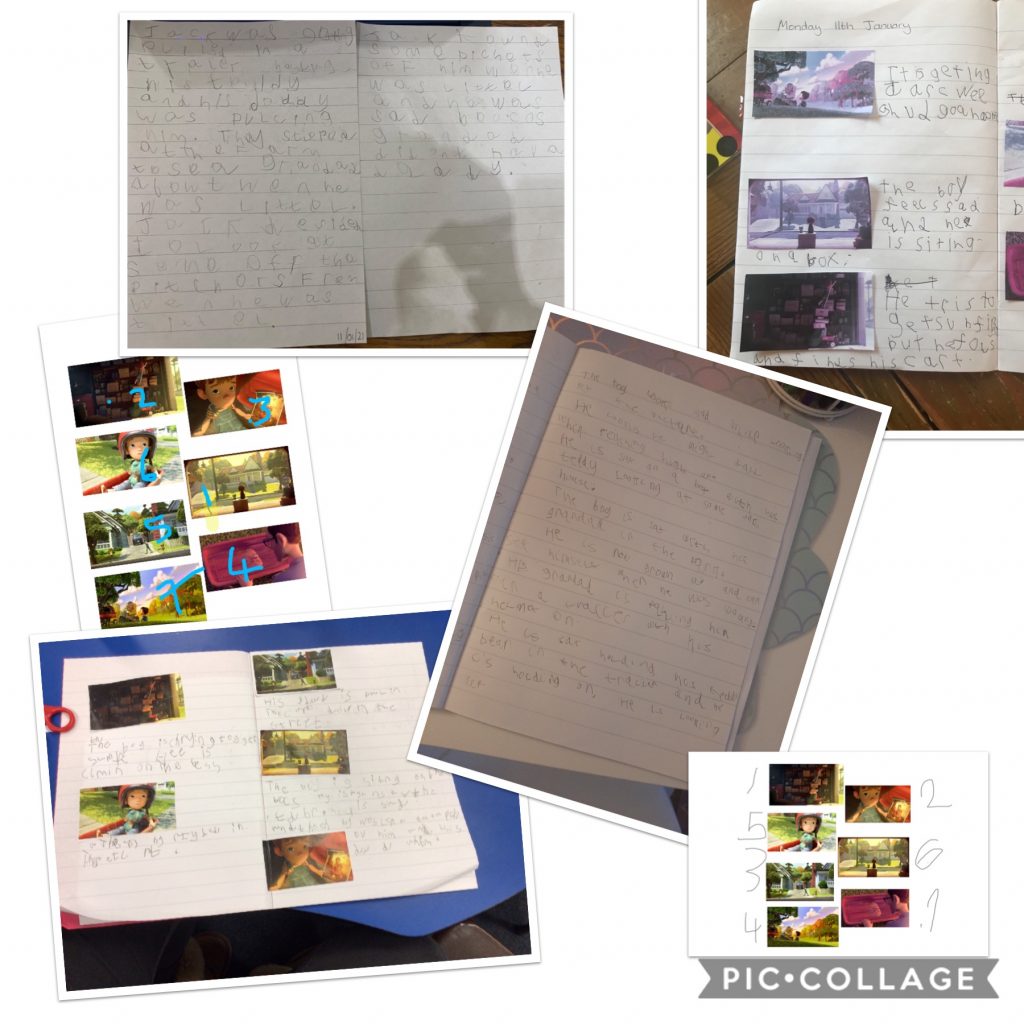
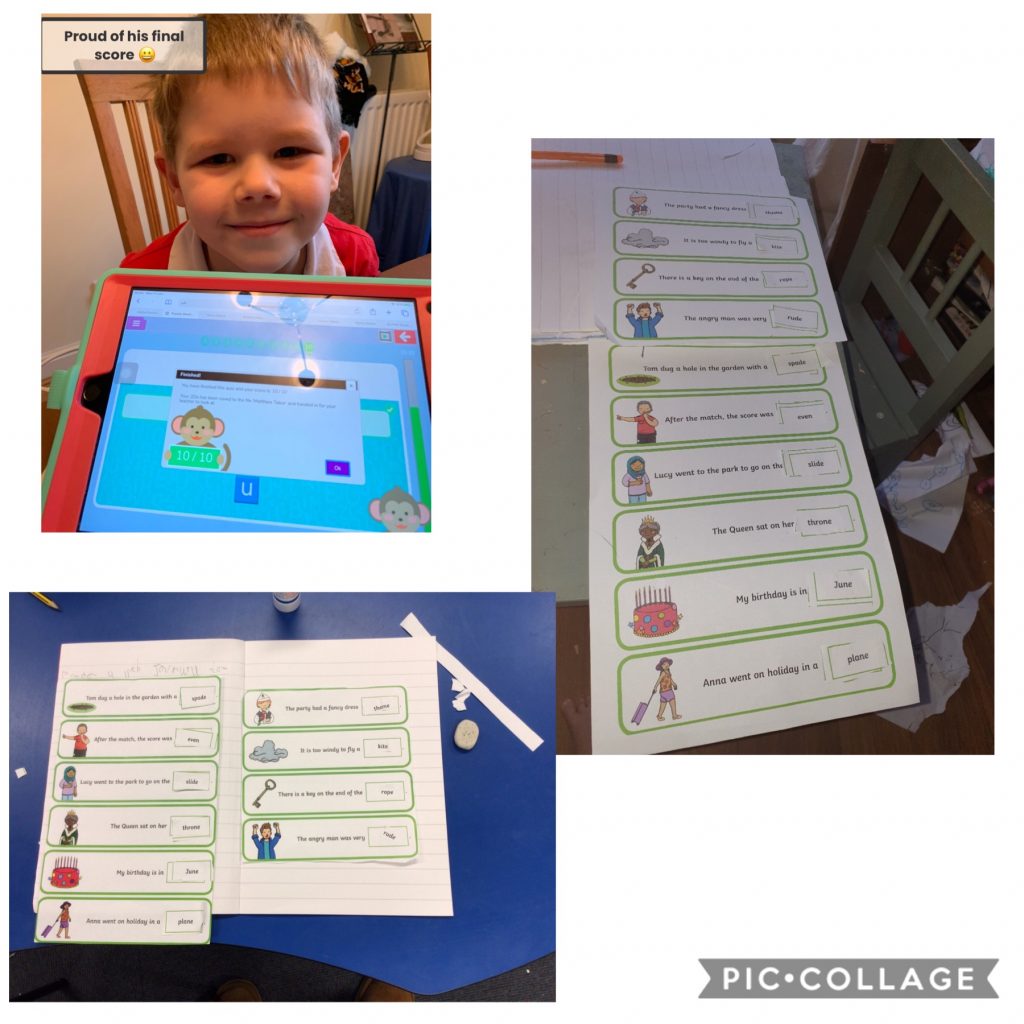

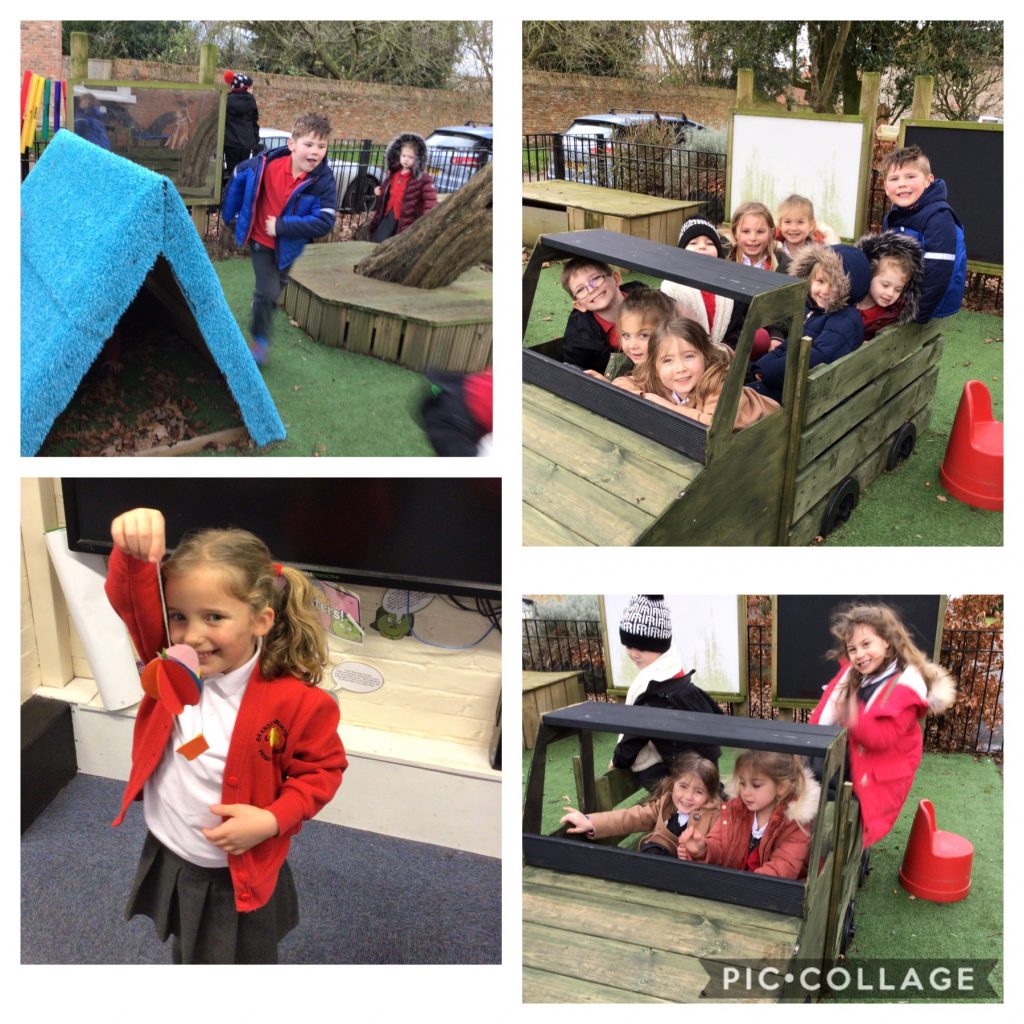
Today’s tasks.
Phonics
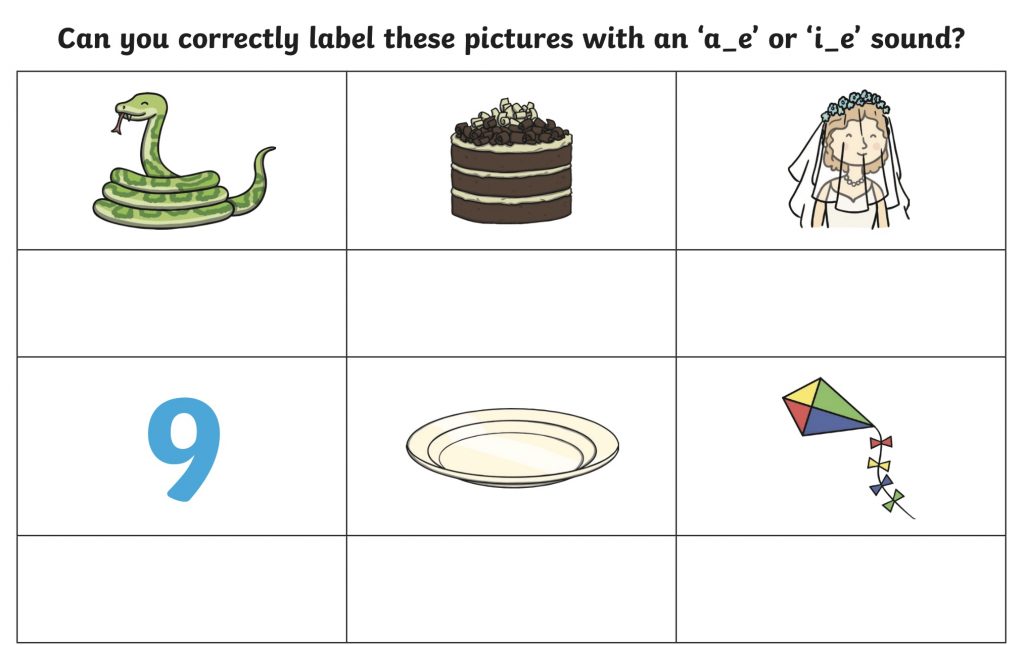

Don’t worry about printing, just write the words down, 1-12.
e.g. 1. snake
English
Look at the picture below with the boy climbing shelves in the garage.
What feelings do you get from the garage?
Is it creepy/ dusty and old/ exciting etc?
What can you see on the shelves?
What kind of things do you think might be inside the boxes in Grandpa’s garage?
Try to use descriptive language and lots of adjectives.
There are boxes with ‘photographs’ and ‘memories’ written on them – what could the things inside show?
What could the trophies be for?
·Look at the shelf you can see in the garage. Can you think of some descriptive sentences to describe where things are what they are:
E.g. ‘On the dusty shelf, there are piles of old newspapers’ Have a go with other objects that you can see.
Try and make them as descriptive and interesting as possible!
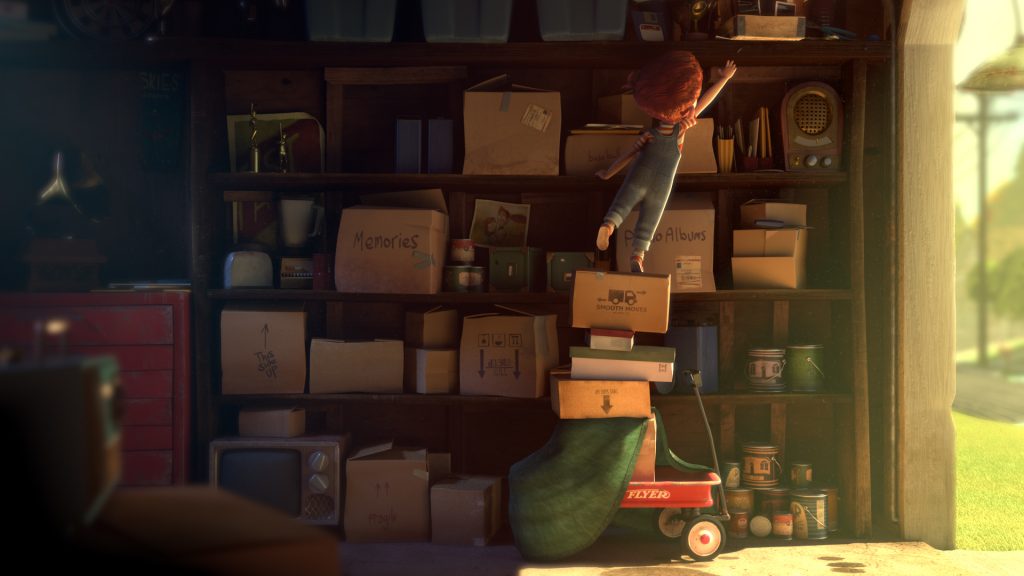
Maths
Well done everyone for all your work yesterday. We all work at different levels, so please help your child to access the work according to their ability. Again on Purple Mash you will find a talking book which will allow you to access the counting part of the lesson in a more interactive way.
Apologises Class 1 my voice recording has an echo on and it is not working properly. I will try again in the morning and send a message through Seesaw as soon as I am successful.
Counting – Practise counting forwards and backwards from any number to 50. When using larger numbers you may wish to still give your child a few numbers to help them sequence. For example, if you want them to count on from 35 start by saying 33, 34, 35,… before going straight to ‘Count forward from 35.’ Counting backwards is also more difficult and may need a lead in. If you have managed to collect your 100 square from school, see if your child can point to the corresponding numbers as they count.
Next practise counting in tens. You can do it in lots of different ways, such as
1) Just counting in 10s to 100.
2) Touch the corresponding 10s number on the 100 square/number line as you count.
3) Play Ping Pong – You say 10, your child says 20, you say 30, your child says 40 etc.
4) Roll a dice. If you roll a six, then count up 6 lots of 10 – 10, 20, 30, 40, 50, 60.
5) Challenge 100. The aim is to get to 100 in 3 rolls of the dice or less.
1st roll – 4 (10, 20, 30, 40) 2nd roll – 2 (50, 60) 3rd roll – 3 (70, 80, 90) No I didn’t make it this time – How many more would I need to roll?
Practical – Have up to 50 objects (Pasta, Cheerios, small toys..) ready.
Today I would like you to look at counting and recording larger numbers by grouping objects into groups of 10 and counting on. For example,
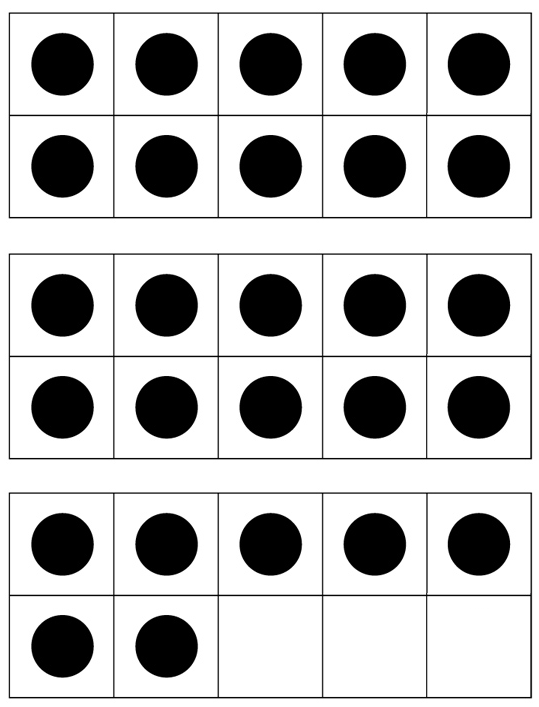
How many do I have?
Place the objects on the tens frames. Remember don’t count each object.
Count,
10 20 21 22 23 24 25 26 27
Some children may count
10 20 27
as they recognise the 7 image straight away.
Encourage your child to see that they have
2 tens and 7 ones
so 27 = 2 tens and 7 ones
If you don’t have tens grids then another way is to make piles of ten objects. Count your piles in 10s and then carry on counting in ones any leftover objects that don’t make a pile of 10.
Grab a handful of objects.
Can you estimate how many there are?
Use your tens grids, or piles of 10, to help you count how many objects you have. How close were you to your estimate?
Keep practising with different amounts of objects. If your child finds it challenging keep your amount of objects below 20. Remember to encourage your child to see how many tens and ones they have.
Task – Practise counting and recording larger numbers by grouping objects into groups of 10 and counting on to answer the questions. I recognise that some children are finding it difficult to record on Seesaw so I have just done a PDF worksheet for you to print or display on screen and talk through the answers with your child.
Science
All the things that surround us are made from different materials.
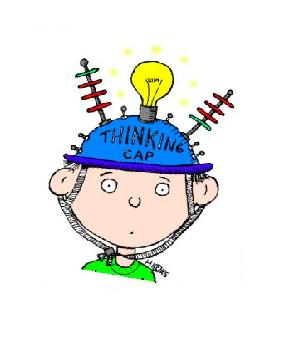
Get your thinking cap on!
How many materials can you name?
I wonder how many you managed to come up with? Have a look at the picture below. The objects are made from different materials. What do you think they are made from?

We use a wide range of different materials daily; these might include:
- metal
- plastic
- wood
- glass
- ceramics
- fabric
- rubber
Choose a material that you know. Go on a hunt around your house. How many things can you find made from that material? If you know lots of different materials you could try and find an object made from each type.
Take photographs or draw the things that you find and add labels to show what they are and what they are made from.
